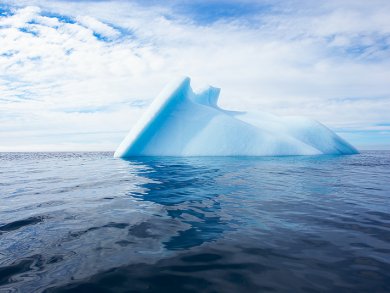Methane and ethane are the most abundant hydrocarbons in the atmosphere. They affect both atmospheric chemistry and climate. While methane has many sources, most of the ethane in the atmosphere is from fossil fuels.
Murat Aydin and colleagues, University of California, Irvine, USA, investigated the levels of methane and ethane in air trapped close to the surface in the polar ice sheets in Greenland and Antarctica. By focusing on the exclusively manmade ethane levels, they were able to better identify the associated manmade changes in atmospheric methane levels at the end of the 20th century.
They found that ethane emissions declined at the same time as the rise in methane dramatically slowed, suggesting a common cause. This coincides with a change in energy use as methane and ethane started being collected and consumed as natural gas, with their subsequent conversion to CO2.
- Recent decreases in fossil-fuel emissions of ethane and methane derived from firn air
M. Aydin, K. R. Verhulst, E. S. Saltzman, M. O. Battle, S. A. Montzka, D. R. Blake, Q. Tang, M. J. Prather,
Nature 2011, 476, 198—201.
DOI: 10.1038/nature10352




